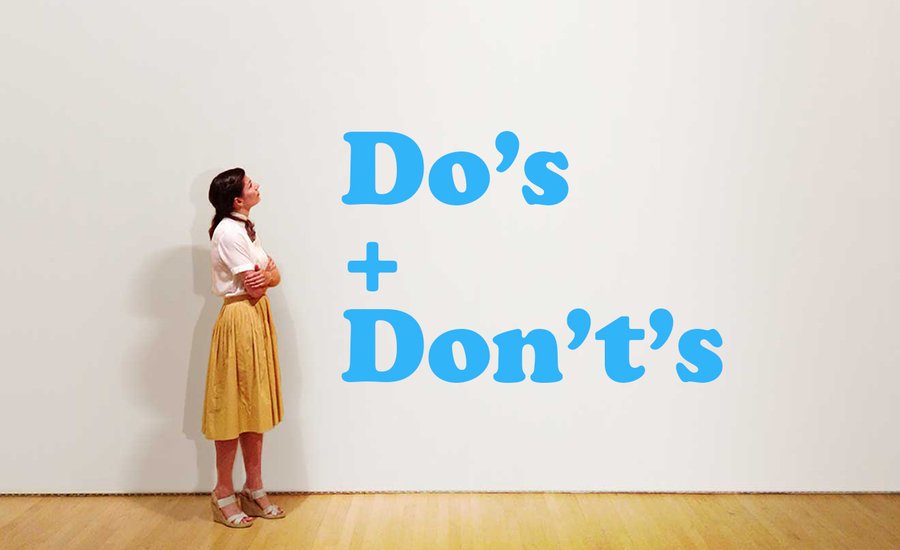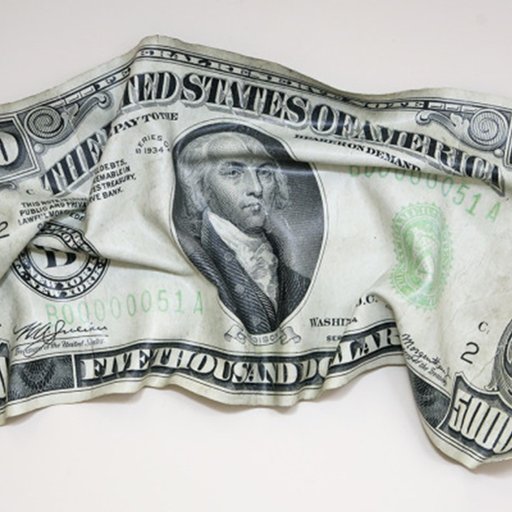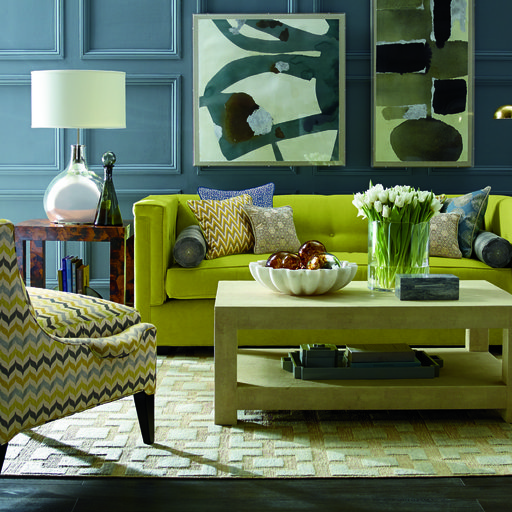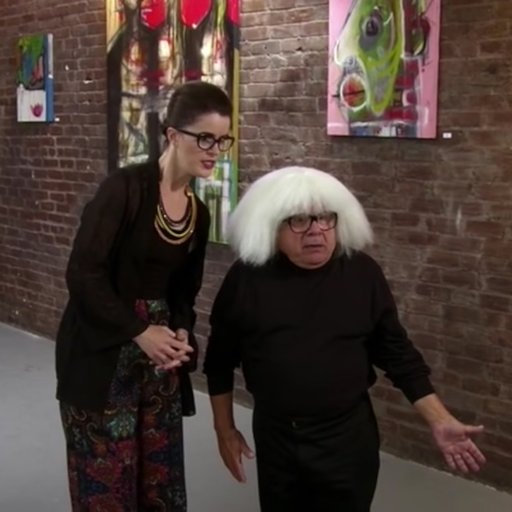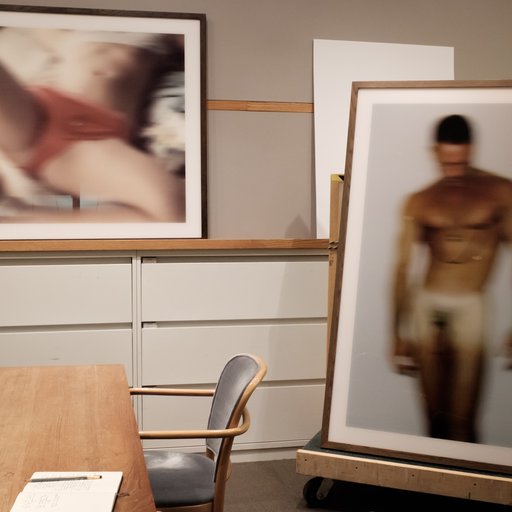Unlike buying other luxury goods like fancy cars or expensive jewelry, buying highly sought-after art doesn't only require money—it also requires etiquette. We asked leading gallerists and collectors what they recommend collectors do to foster healthy and productive relationships with galleries, and what not to do to avoid ending up on the black list. Whether you're an aspiring collector looking to get your feet wet, or an established collector looking to build relationships galleries that will offer you the cream of the crop, these tips will give you a leg up.
1. Don't Forget What You Learned in Kindergarten
This should be obvious, but judging by the responses we received from our experts, it's apparently not. The very first tip on the Marciano Foundation's Jamie Manné's list is "Be nice. Always." We learned in kindergarten that we should treat others how we would like to be treated, and this applies here in full force—no matter who you're talking to. "Don't be rude to gallery staff and front desk attendants," says Manné. "I was that front desk attendant 10 years ago and I definitely remember who was nice to me and who wasn't! You think I'm doing those people any favors now? I don't think so!"
2. Show Face
Fionna Flaherty of Lehmann Maupin tells Artspace, "For new collectors, it's ideal to come into the gallery to meet with us in person. It's more personal than emailing or enquiring through the website, and it really helps build a relationship and dialogue more quickly." What do you do when you're there? Ask questions! "Never be intimidated at a gallery," says collector Beth Dewoody. "Ask questions. If you like the work of an artist ask to see other work." Don't be sheepish if you're genuinely interested. "Your enthusiasm and curiosity will be much appreciated and remembered," says Manné.
3. Tell Them What You Want
Dealers can't read minds. Give them as much information as you can about what you're looking for. In some cases that might mean a work from a specific series by a certain artist. In other cases, that might mean specifying what movements or styles you like, what colors you're drawn to, or what size would suite your space. Brian Rumbolo of Carolina Nitsch explains: "I think one of the most helpful things for me to know from a new client is as many specifics as possible about what they are looking for and a price range. It doesn’t help when a client is cagey. Even though it is a new relationship, it is helpful to know if they are looking for a specific size, subject, color, etc. Collectors can be relatively upfront about what they want with a dealer in a way they can’t with most artists. I’m thinking about that amazing scene in Hannah and Her Sisters by Woody Allen where a collector visits an artist’s studio and it quickly spirals into a shouting match about a puce sofa!"
4. Talk About Your Collection (If You Have One)
Another way of letting the gallery know what artists or works you might be interested in is by sharing what you've already acquired. "I would recommend being open about your existing collection—what artists you are interestsed in and own—as this helps us become more familiar with what works your like and dislike, and to introduce you to artists and artworks in the program that you might not be familiar with, but that could be of interest," says Flaherty.
5. Join A Museum Group
Jamie Manné says, "Join a museum group at whatever level you can afford. You'll get better access to artists and their studios, museum curators and other insitutional professionals, previews of exhibitions, and more." Not only will contributing to a museum give you more access to what that particular museum has to offer, it might also impress the gallerists you hope to work with. "Let the galleries know if you're involved with any museums," says seasoned art collector Beth DeWoody. It shows you're commited to the arts beyond just finding something nice to hang over your sofa, and that you care about patronage.
6. Don't Act (or Feel) Entitled
The first "don't" on Manne's list is "act entitled." Not only is it unflattering, it's also setting you up for dissapointment. You really can't assume that just because you can afford an artwork that you can have the artwork. Galleries aren't obligated to sell to the highest bidder either—in fact sometimes they'd rather makes less money if it means getting their artist into a prestigious museum collection.
7. Spend Some Mulah
Let's be honest: If you want access to a gallery's finest, you'll need to spend a little money first. "Be prepared to support less popular artists on the gallery's roster in order to get access to work by artists whose works have higher demand," suggests Manné. Highly sought-after artists will have waitlists, and you definitly won't be at the top if you haven't bought anything from the gallery yet.
8. Do Not Sell Without Talking to the Gallery First
If you have an artwork you'd like to sell, the first thing you should do is tell the gallery that you bought the work from originally. They'll appreciate the opportunity to offer it to their clients, and they very well might have a buyer for you. And more than anything, "it's a courtesy!" says Flaherty. "Collectors can decide to sell, but the gallery always appreciates being offered the work for resale before having it end up at auction, especially from a recent show by the artist." DeWoody agrees: "If you buy something and later need or want to sell, consign it to the gallery if they're willing. It's always the nice thing to do."
8. Don't Start With Bluechip
If you're in the beginning stages of building your collection, start off supporting smaller galleries that show emerging artists. If you're in New York, check out galleries in the Lower East Side and Brooklyn, and go to art fairs like NADA. In most cases, artist-run galleries, project spaces, and newer, smaller galleries will be grateful for your business, and you won't have to jump through hoops to work with them.
9. Be Social
Unlike buying Q-tips on Amazon Prime, buying artwork from a gallery means interfacing with another human being. And yes, dealers are human beings, and more often than not, they're interesting ones too. "Develop a working relationship with the gallerists—they are fun, interesting people just like the artists they represent!" says art collector Amy Phelan. Alex Ross of Downs & Ross suggests focusing on the individual people that make the art world go 'round: "Assess and ally yourselves with writers rather than publications, curators rather than museums, artists rather than galleries—individuals rather than institutes. These are the truer compasses."
RELATED ARTICLES:
Beyond Supply and Demand: How Artworks Are Priced
"How Is This Considered Good?" 14 Dumb Things to Say at an Art Fair That Actually Aren't Dumb
How to Start An Amazing Black-and-White Photography Collection
How to Practice Safe Collecting: 7 Tips for Protecting Your Precious Art











